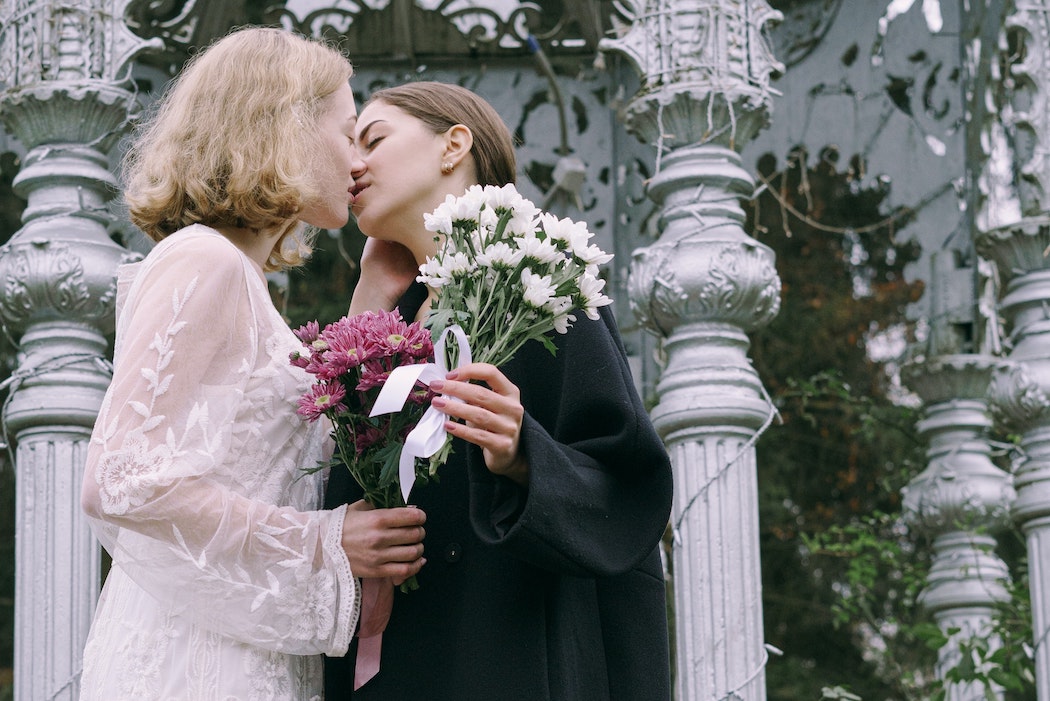An anti-inflammatory diet is likely something you’ve heard people talk about lately—whether it’s your nutritionist or your favourite influencer. But what exactly is this health trend, and what are the benefits?
It turns out, whether or not you are fighting inflammation, eating this way has a lot of upsides.
What is inflammation?
Inflammation in and of itself is not a bad thing—it’s basically your body’s way of protecting itself and responding to harm. But sometimes the body develops chronic inflammation, often caused by things like smoking, pollution, and stress; and this elongated inflammation can contribute to autoimmune diseases and chronic illnesses.
“We’re seeing more research that there are a lot of chronic conditions and medical issues that stem from inflammation,” says Vancouver dietitian Jessica Tong. “And then it snowballs. Inflammation can also make certain diseases worse—things like heart disease and diabetes are related to inflammation. So is gout and arthritis.” Fatty liver disease and cancer have also been linked to inflammation. As such, helping prevent our bodies from being unnecessarily inflamed is good for our overall health.
What foods are anti-inflammatory?
Managing stress, exercising, and not smoking are great ways to combat chronic inflammation, but we can also incorporate more anti-inflammatory foods into our diet.
“Generally an anti-inflammatory diet is one that is high in plant foods, so your fruits and vegetables, whole grains, beans, legumes, nuts, and seeds,” Tong says via phone. “And in this general plant food category, there are certain things that are more anti-inflammatory than others. For example, with fruits and vegetables, generally you want the more vibrantly-coloured options, like blueberries, kale, blackberries, and cranberries. A general rule of thumb is: the more dark or vibrantly-coloured it is, usually it has more anti-inflammatory properties or antioxidants. And that can fight inflammation or reduce inflammation in the body.”
Tong says that salads can be a great way to incorporate a lot of anti-inflammatory foods into one meal. Think a bed of kale or spinach, some blueberries, some shaved beets, some sunflower seeds, and a piece of grilled salmon or halibut on top.
What are the benefits of an anti-inflammatory diet?
Aside from fighting inflammation, the high level of antioxidants in an anti-inflammatory diet is also believed to be great for the appearance of your skin, as well as to improve your blood sugar and cholesterol levels and even boost your mood.
What inflammatory foods should you avoid?
The same way that there are foods we want to incorporate more of, there are foods that can work against us that should be eaten in moderation. Refined sugar, processed meat like salami, and alcohol are all considered pro-inflammatory. “Another one is red meat,” says Tong. “Red meat can have a lot of positive aspects with protein and iron, but excessive intakes of red meat, which is anything more than two servings a week, can be very pro-inflammatory.”
Of course, this doesn’t mean we can’t have a steak or a nice glass of wine now and again—we should just be mindful of how much we’re consuming. Life, after all, is about balance.












